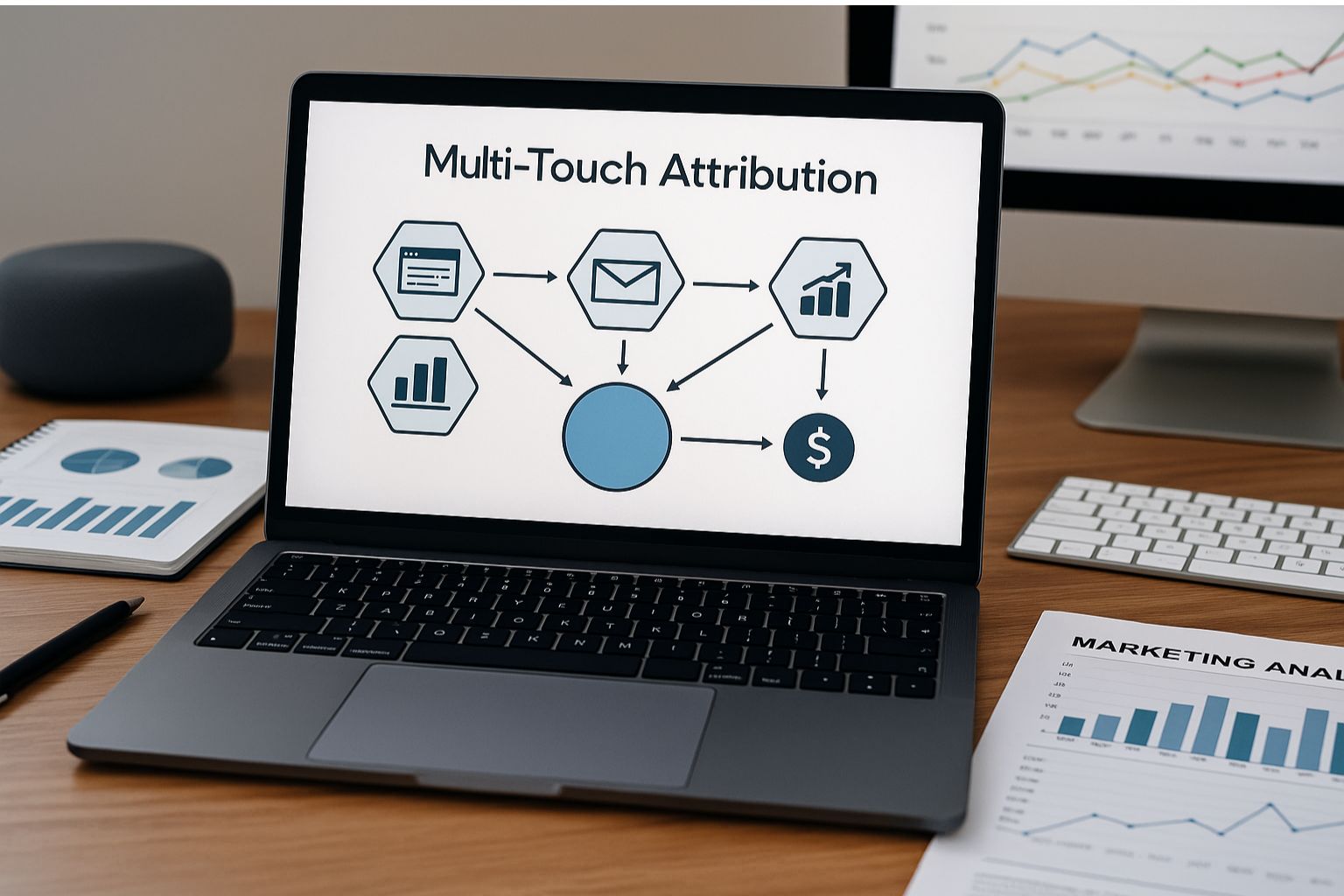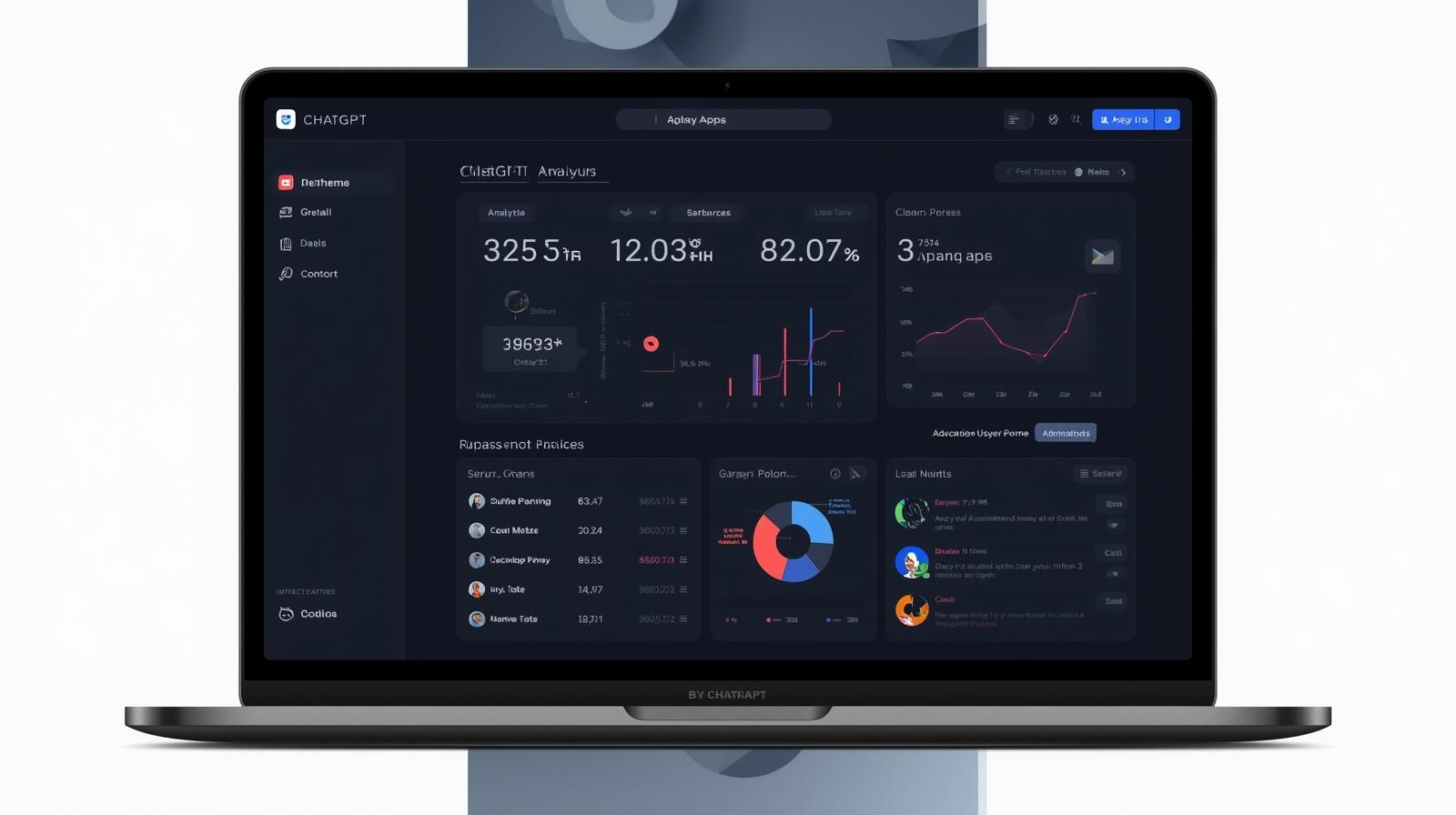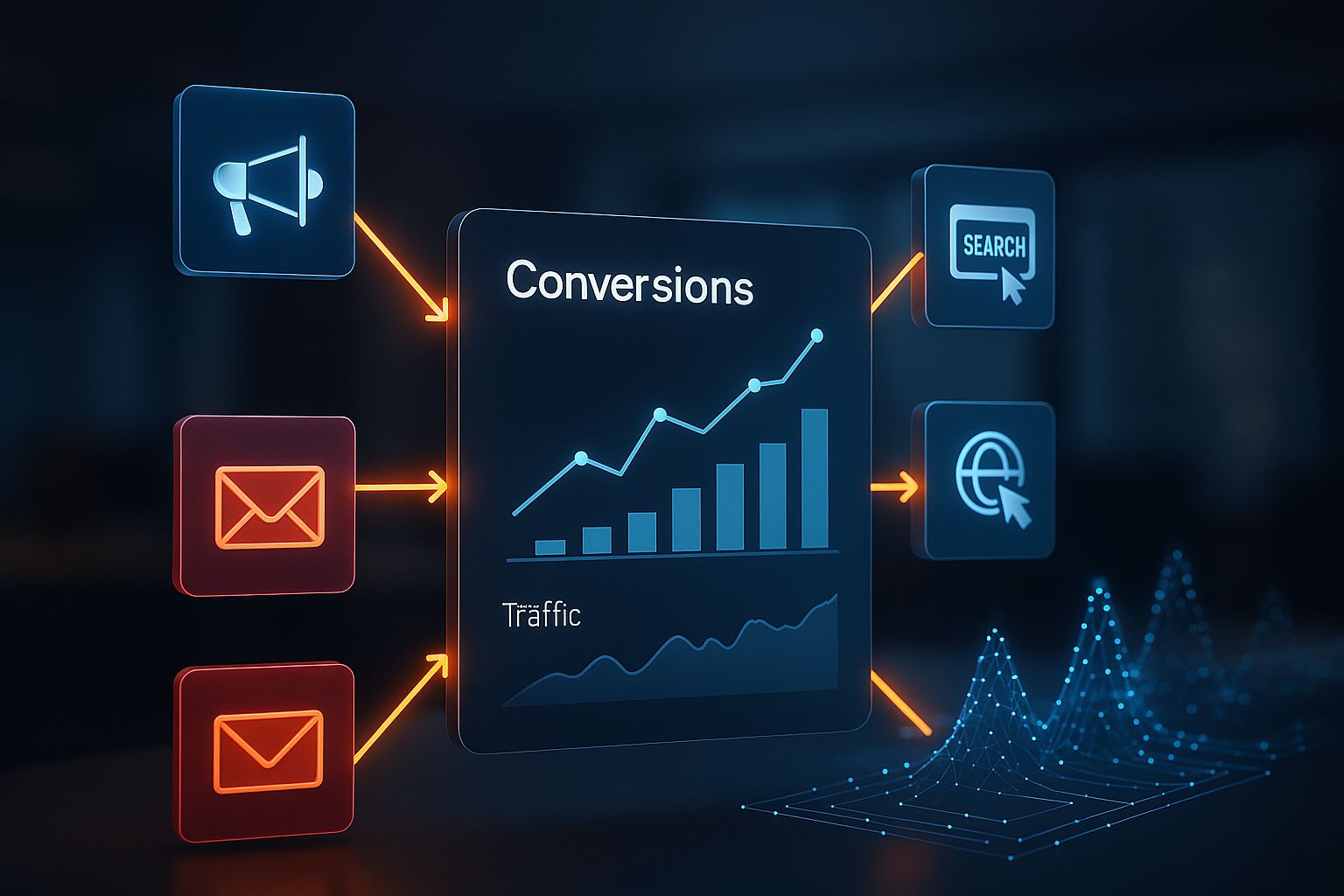
“Last-click” attribution doesn’t cut it anymore.
In 2025, a single purchase might include five or more touchpoints, a Meta ad, a Google search, an email, and a LinkedIn post before conversion.
If you only credit the last click, your data, and your ROAS, are wrong.
That’s where multi-touch attribution (MTA) comes in. It shows how every touchpoint contributes to a sale, helping marketers optimize campaigns, reduce wasted spend, and prove ROI.
What Is Multi-Touch Attribution?
Multi-touch attribution (MTA) gives credit to every marketing interaction that influences a conversion, not just the first or last.
Example:
A user clicks a Facebook ad → visits your site → receives an email → searches your brand → buys.
In last-click, Google gets all the credit.
With MTA, every step earns its share, revealing what truly drives revenue
Why Multi-Touch Attribution Matters in 2025
U.S. marketers face cookie loss, fragmented channels, and tighter budgets.
MTA provides the clarity that single-touch models can’t.
Key benefits:
- See which channels actually drive incremental revenue
- Reduce wasted ad spend
- Optimize upper-funnel and retargeting campaigns
- Align analytics, media, and leadership teams
When you understand every touchpoint, you scale smarter.
Common Multi-Touch Attribution Models
| Model | How It Works | Best For |
| Linear | Equal credit to all touchpoints | Awareness-focused campaigns |
| Time Decay | More credit to recent clicks | Retargeting-heavy funnels |
| U-Shaped | 40% to first + last, 20% to middle | Typical eCommerce journeys |
| Data-Driven (GA4) | Machine-learned impact per touch | Most accurate, adaptive model |
Pro Tip:
In GA4, switch to Data-Driven Attribution, which automatically analyzes which interactions most influence conversions.
Multi-Touch Attribution in GA4
GA4 now comes with built-in data-driven attribution (DDA).
To activate it:
- Go to Admin → Attribution Settings → Data-Driven Attribution
- Use Model Comparison to analyze channel contribution
Visualize results in Looker Studio or BigQuery
Advanced Move:
Add server-side GTM and Consent Mode v2 to ensure your tracking stays accurate — even with cookie restrictions in U.S. states like California or Texas.
Multi-Touch Attribution vs. Marketing Mix Modeling (MMM)
| MTA | MMM | |
| Data Type | User-level | Channel-level |
| Purpose | Optimize daily campaigns | Guide strategic budgets |
| Speed | Real-time | Historical |
| Tools | GA4, GTM | Econometrics |
Most U.S. brands use both:
MTA for day-to-day optimization, MMM for long-term investment planning.
Quick Setup Playbook (for U.S. Marketers)
- Audit tracking: Verify GA4 events and UTMs.
- Unify data: Connect GA4, Ads, Meta, and CRM tools.
- Activate DDA: Enable data-driven attribution in GA4.
- Optimize spend: Identify top-assisting channels and shift budgets.
Small fixes here can unlock major ROAS improvements.
The Future of Attribution in 2025
As privacy laws expand (CCPA, VCDPA, TDPSA), the future is first-party data + AI-powered modeling.
GA4, Meta CAPI, and server-side tracking make this possible, balancing compliance and clarity.
At Y77, we help U.S. brands modernize their analytics stack, combining GA4, server-side tracking, and multi-touch attribution to make data trustworthy again.
Multi-touch attribution helps you stop guessing and start scaling.
When you see which touchpoints truly move revenue, every ad dollar becomes measurable.
If your data still feels off, it’s time to rebuild your analytics foundation, not your budget.


